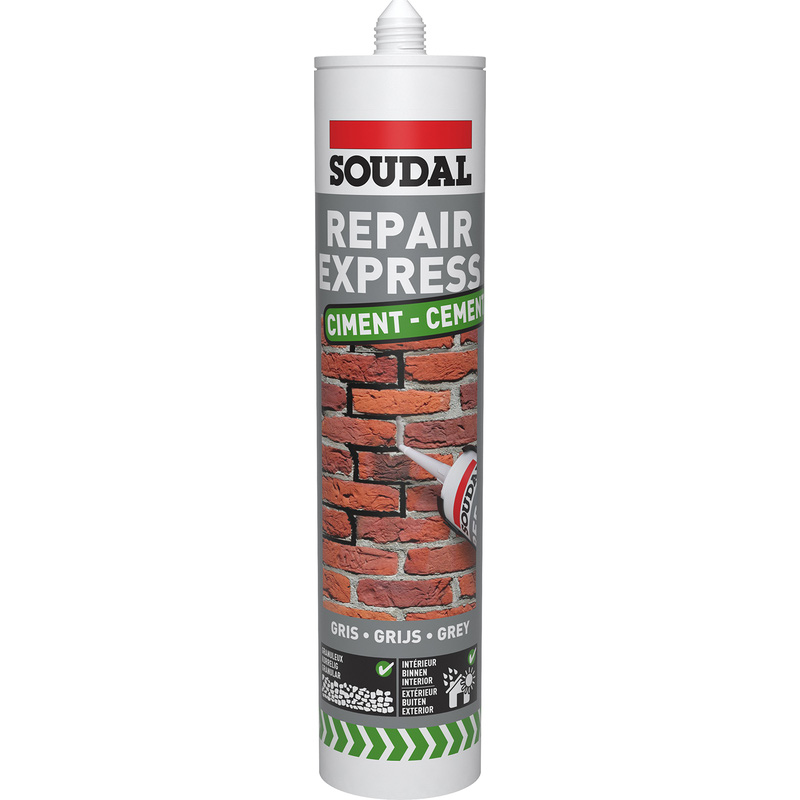I've got a few pipes and holes that are in the outside brick wall. Two of these are from old pipes that are disconnected now:


The others are just messy gaps around existing pipes:




What's the best way to fix this? Some of the holes are really big and I wouldn't want birds, rats or any other creatures to get access or for weather to cause damage?
The others are just messy gaps around existing pipes:
What's the best way to fix this? Some of the holes are really big and I wouldn't want birds, rats or any other creatures to get access or for weather to cause damage?




